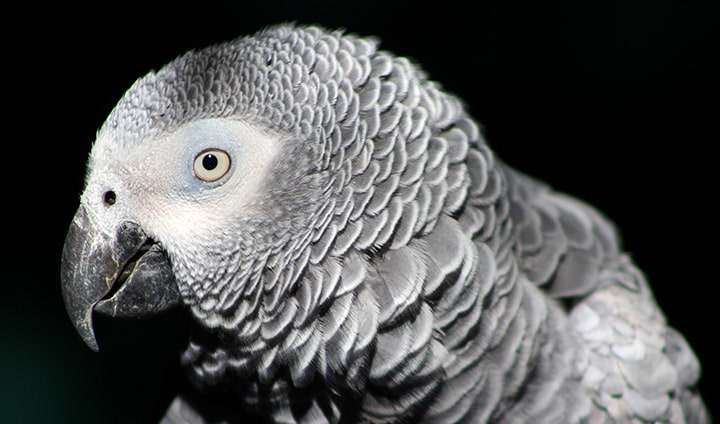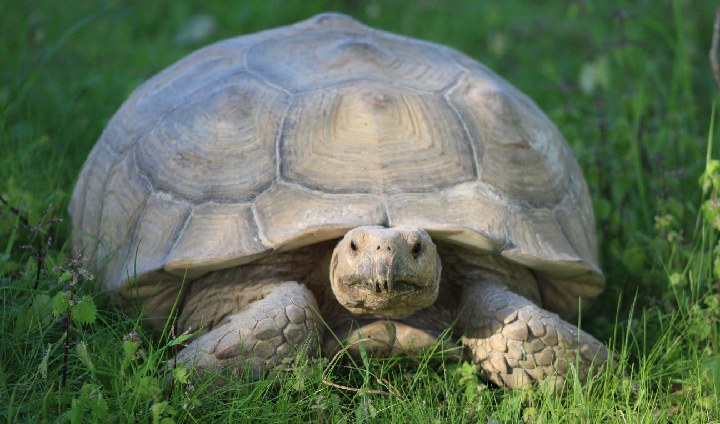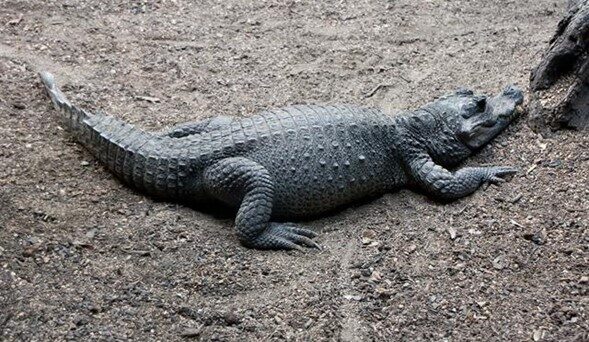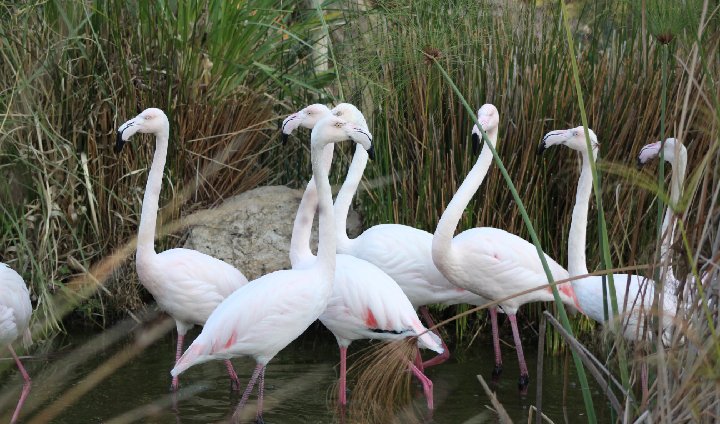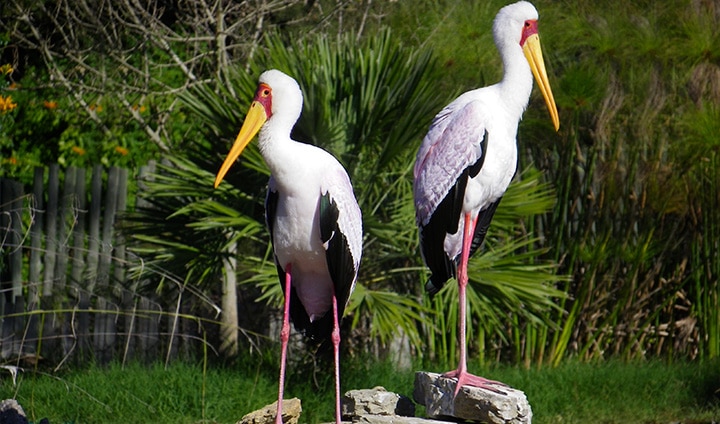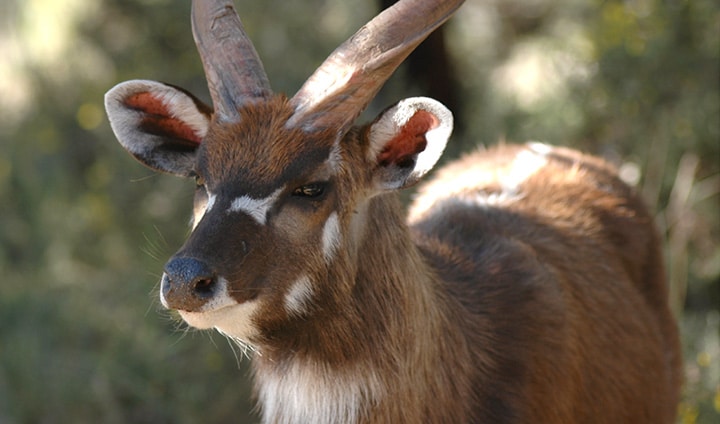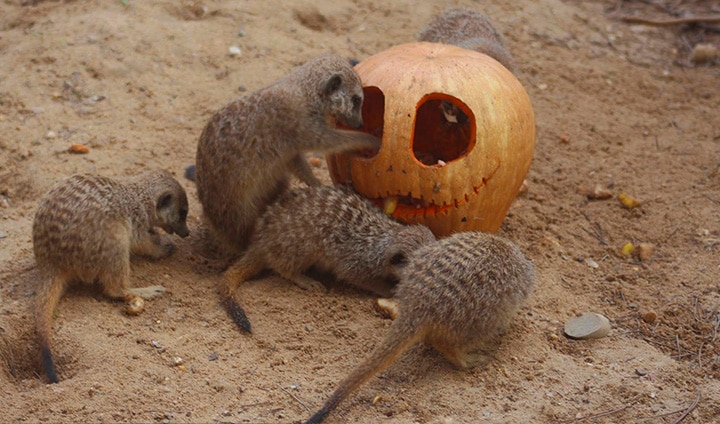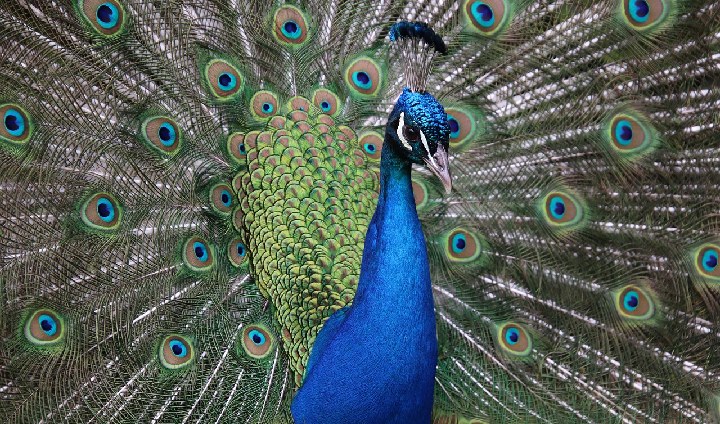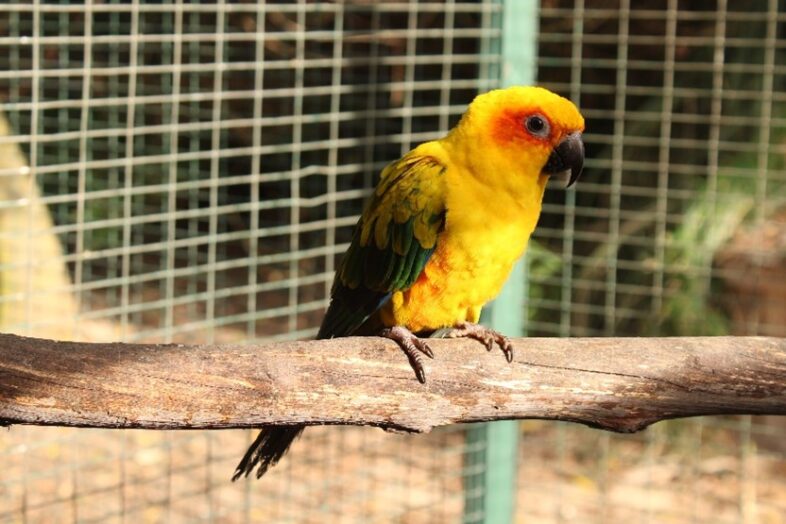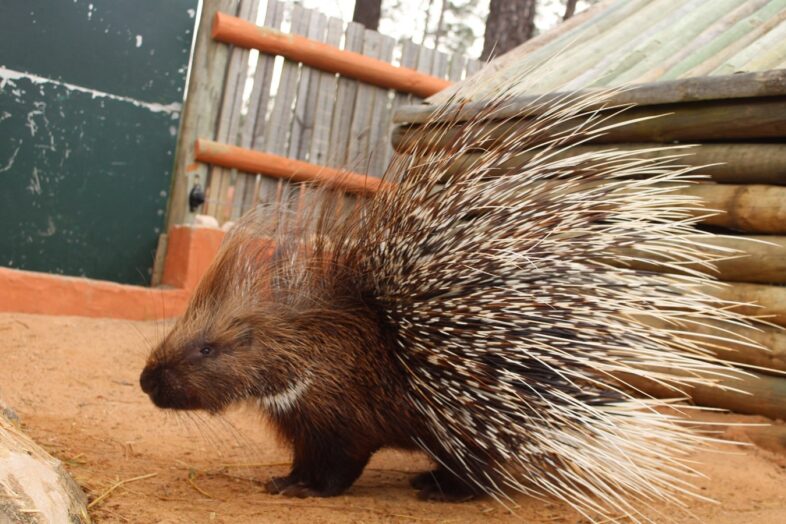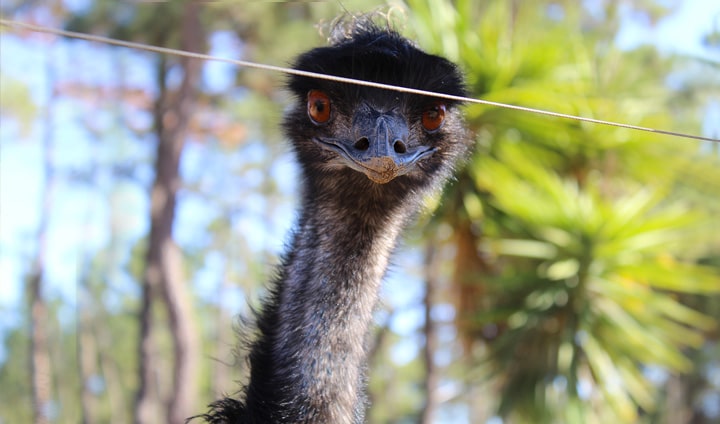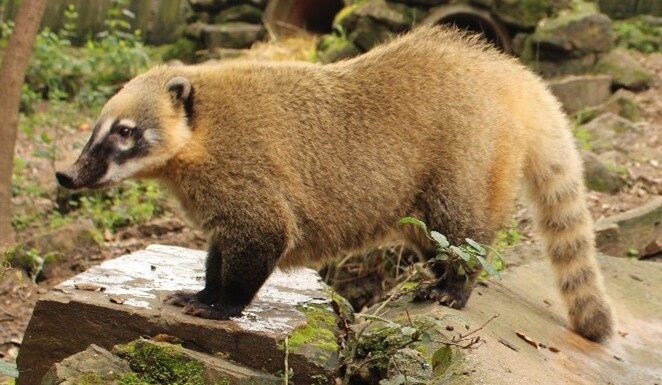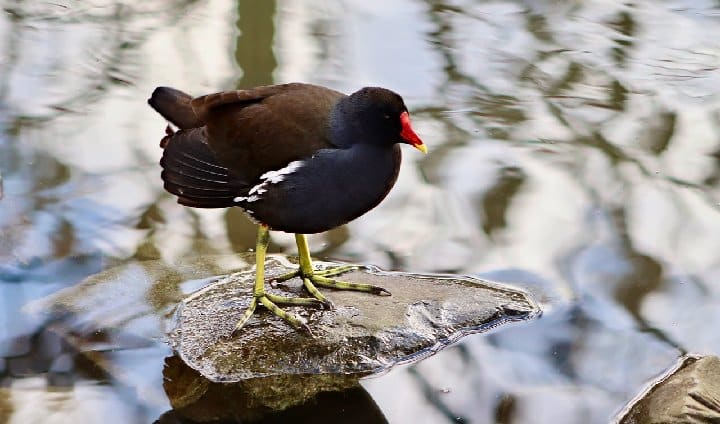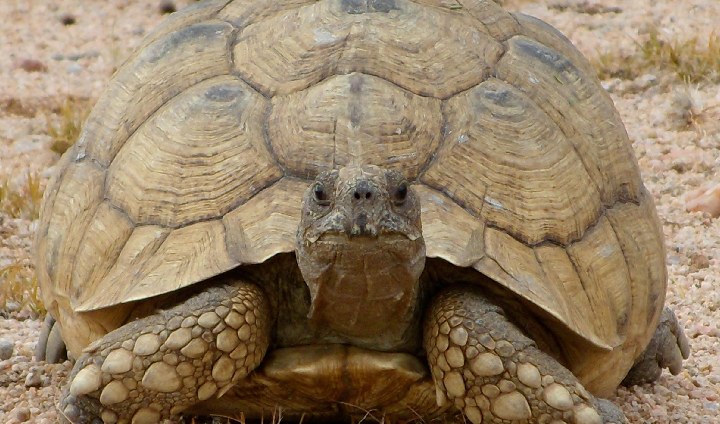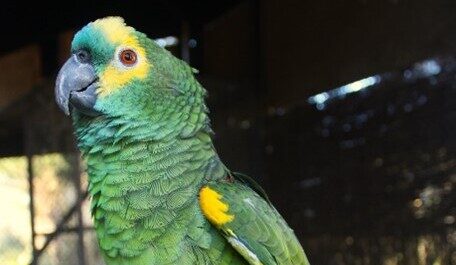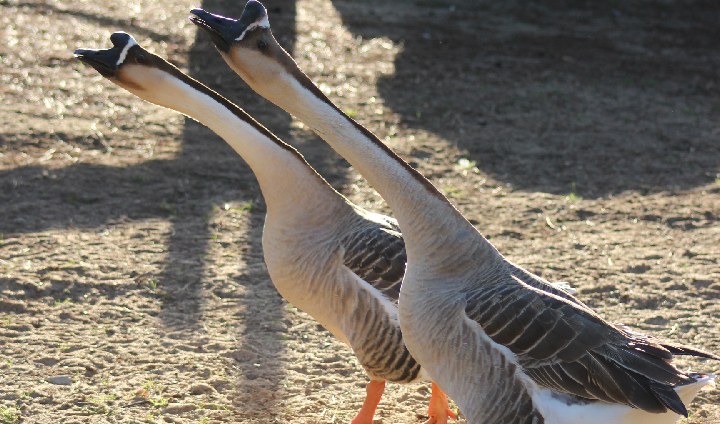Habitat and Geographical Distribution: Subtropical and tropical forests, wooded savannahs and woods, near rivers, mangroves and areas of cultivation. Human-altered habitats such as eucalyptus and palm plantations.
Central and western Africa from Sierra Leone to Kenya, also Ivory Coast, Angola, Congo and Tanzania.
Diet: Feed on fruits, seeds, grains and vegetables that they search for at dawn on the ground and in trees. Their favorite food are palm nuts.
Reproduction: Nest in upper tree hollows. Lay clutches of 2 to 5 eggs and the incubation period is 28-30 days. Females incubate the eggs, while males provide them with food. After hatching both parents care for the chicks that remain in the nest for about 80 days.
Behaviour: Monogamous species and very social. They nest in large groups, although family groups occupy their own nesting tree.
Interesting Facts: It is probably the best-known and cherished parrot throughout the world, due to their extraordinary ability to repeat sounds. It is known for being one of the species that best mimics human sounds.
Conservation status: Endangered (EN), CITES Appendix I.
Threats: Habitat destruction and the illegal, and intensive, capture for the pet market.
Class: Aves
Order: Psittaciformes
Family: Psittacidae
Lenght: 30-40 cm
Wingspan: 46-52 cm
Weight: 530-580 g (males) e 430-460 g (females)
Average lifespan in the wild: 22 years
Maximum lifespan in captivity: 60 years


